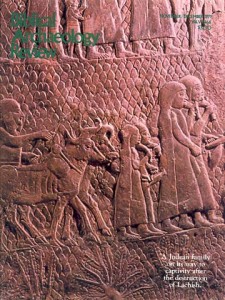Ebla Evidence Evaporates
Smithsonian expert guesses Ebla tablets will support historicity of Patriarchal narratives, but we won’t know for decades.
One of the most direct links between the Ebla tablets and the Bible is the reported reference in the Ebla tablets to the five Cities of the Plain listed in Genesis 14.
According to Professor David Noel Freedman of the University of Michigan, Vice President of the American Schools of Oriental Research and Editor of the Anchor Bible, these Ebla references have enormous Biblical implications. They bear directly on the historicity of Genesis 14, on whether Abraham was a historical personage, and on the date of the Patriarchal Age. In large part on the basis of these references in an Ebla tablet, Freedman would place the Patriarchal Age in the mid-third millennium instead of about 1800 B.C. where most scholars who accept the existence of a Patriarchal Age previously placed it.
That the Ebla tablets listed the five Cities of the Plain was first put forth by Professor Giovanni Pettinato who was the Ebla Mission’s chief epigrapher until he resigned in a personal and scholarly feud with Excavation Director Paolo Matthiae.
According to 1976 reports from Pettinato, the five Cities of the Plain are listed in an Ebla tablet in the same order they are listed in the Bible.
Already a library member? Log in here.
Institution user? Log in with your IP address.

